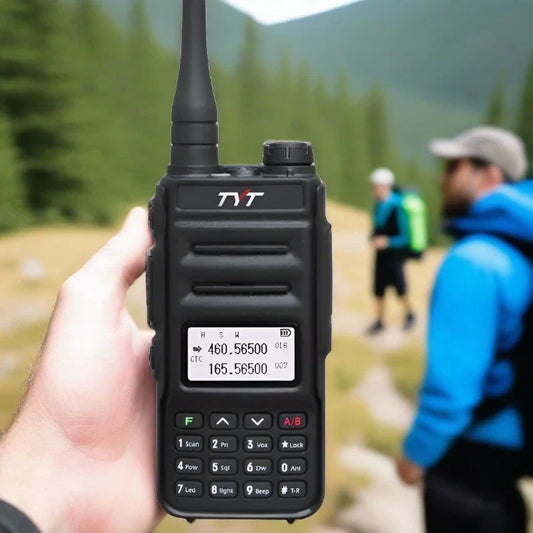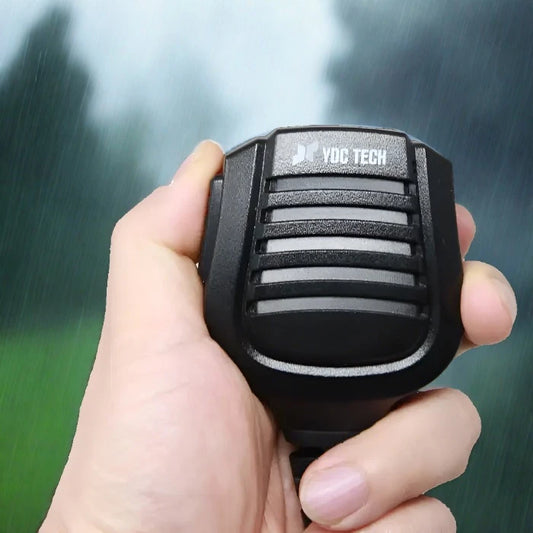Amateur radio operators can use APRS (Automatic Packet Reporting System) equipment and WSPR (Weak Signal Propagation Reporter) beacons on high altitude weather balloons for various purposes, such as tracking the balloon's path, measuring atmospheric conditions, and testing radio communication equipment.
APRS is a real-time digital communications protocol that uses packet radio to transmit position and status information. Amateur radio operators can attach an APRS tracker to a high altitude weather balloon and use it to track the balloon's path and altitude, as well as to receive data from sensors on the balloon, such as temperature, humidity, and air pressure. APRS equipment can also be used to send messages to the balloon, such as commands to activate certain sensors or to adjust the balloon's altitude.
WSPR is a protocol used for weak-signal radio communication. It uses a low-power transmitter and a simple beacon that sends out a signal containing the transmitting station's call sign, location, and other information. Amateur radio operators can use a WSPR beacon on a high altitude weather balloon to test the range and effectiveness of their radio communication equipment. The WSPR beacon can transmit data on the balloon's position and altitude, as well as on atmospheric conditions, which can be received by other radio stations around the world.
In summary, amateur radio operators can use APRS and WSPR equipment on high altitude weather balloons to track the balloon's path and altitude, measure atmospheric conditions, and test radio communication equipment. This can be a fun and educational activity for amateur radio enthusiasts, as well as a valuable tool for scientific research and experimentation.










1 commentaire
Thanks for the information presented here